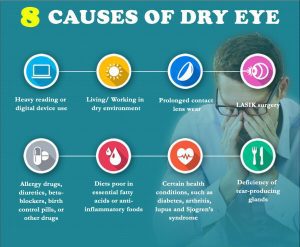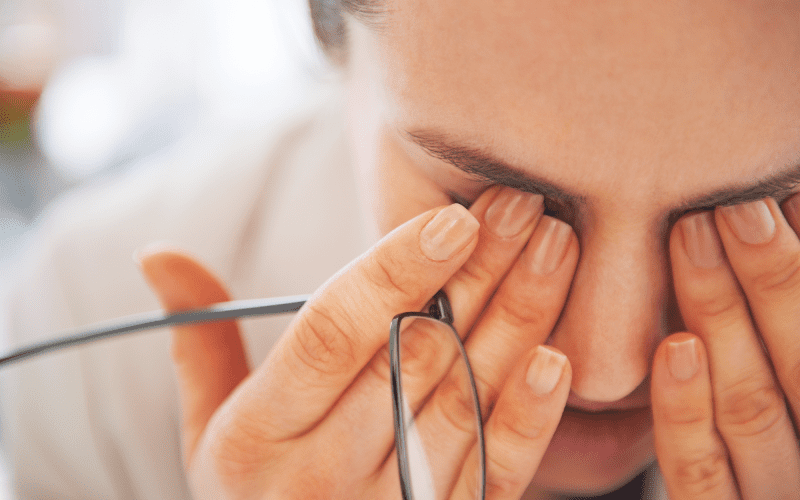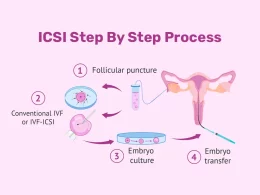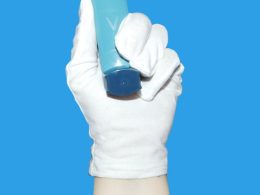Understanding Dry Eye Syndrome
Dry eye syndrome, also known as keratoconjunctivitis sicca, is a common condition that occurs when the eyes do not produce enough tears or when the tears evaporate too quickly. This can lead to a range of symptoms, including irritation, redness, blurred vision, and a gritty sensation in the eyes. While dry eye syndrome can affect people of all ages, it is more common in older adults and tends to occur more frequently in women than in men. Explore the Feeling Of blocked Ears
Causes of Dry Eye Syndrome
Several factors can contribute to the development of dry eye syndrome. These include:
- Age: As we age, our bodies produce fewer tears, making older adults more susceptible to dry eye.
- Environmental Factors: Exposure to wind, smoke, dry air, and other environmental conditions can exacerbate dry eye symptoms.
- Medical Conditions: Certain medical conditions, such as diabetes, rheumatoid arthritis, and thyroid disorders, can increase the risk of developing dry eye syndrome.
- Medications: Some medications, including antihistamines, decongestants, and antidepressants, can reduce tear production and lead to dry eye.
- Lifestyle Factors: Activities such as prolonged screen time, wearing contact lenses, and not blinking enough can contribute to dry eye symptoms.

Traditional Treatments for Dry Eye
Historically, treatment options for dry eye syndrome have focused on providing symptomatic relief rather than addressing the underlying causes of the condition. Common treatments include:
Artificial Tears
Artificial tears are lubricating eye drops that can help relieve dryness and irritation by supplementing the eye’s natural tear film. These drops are available over the counter and come in various formulations to suit different needs.
Prescription Medications
In cases of severe dry eye, prescription medications such as cyclosporine (Restasis) or lifitegrast (Xiidra) may be prescribed to reduce inflammation and improve tear production.
Punctal Plugs
Punctal plugs are tiny devices inserted into the tear ducts to block drainage and help keep the eyes moist. This can be an effective option for individuals who do not respond to other treatments.
Lifestyle Modifications
Making simple changes to your lifestyle can also help manage dry eye symptoms. These may include using a humidifier to add moisture to the air, taking regular breaks from screen time, and staying hydrated by drinking plenty of water.

Emerging Treatments for Dry Eye
While traditional treatments can provide relief for many individuals with dry eye syndrome, there are also several emerging therapies that show promise in addressing the underlying causes of the condition. These treatments aim to restore tear production, reduce inflammation, and improve overall eye health.
LipiFlow
LipiFlow is a minimally invasive procedure that uses thermal pulsation technology to unclog blocked meibomian glands, which are responsible for producing the oily layer of the tear film. By clearing blockages and improving gland function, LipiFlow can help restore tear stability and reduce dry eye symptoms.
Intense Pulsed Light (IPL) Therapy
IPL therapy is a non-invasive treatment that uses pulses of light to heat the meibomian glands and improve their function. This can help alleviate symptoms of dry eye by promoting the secretion of healthy tears and reducing inflammation in the eyelids.
Autologous Serum Eye Drops
Autologous serum eye drops are made from a patient’s own blood serum, which is rich in growth factors and other healing substances. These drops can help promote corneal healing and improve tear quality in individuals with severe dry eye refractory to other treatments.
Nutraceuticals
Certain nutritional supplements, such as omega-3 fatty acids and flaxseed oil, have been shown to have anti-inflammatory properties and may help improve tear production and quality in individuals with dry eye syndrome.
Comparative Table of Treatments
| Treatment | Description | Effectiveness |
|---|---|---|
| Artificial Tears | Lubricating eye drops that supplement the natural tear film | Provides temporary relief; suitable for mild to moderate dry eye |
| Prescription Medications | Cyclosporine (Restasis) or lifitegrast (Xiidra) | Reduces inflammation and improves tear production; suitable for moderate to severe dry eye |
| Punctal Plugs | Tiny devices inserted into tear ducts to block drainage and retain moisture | Helps keep eyes moist; suitable for individuals who do not respond to other treatments |
| LipiFlow | Minimally invasive procedure using thermal pulsation technology to unclog meibomian glands | Restores tear stability and reduces dry eye symptoms; suitable for individuals with meibomian gland dysfunction |
| IPL Therapy | Non-invasive treatment using pulses of light to heat meibomian glands | Improves gland function and reduces inflammation; suitable for individuals with meibomian gland dysfunction |
| Autologous Serum Drops | Eye drops made from a patient’s own blood serum, rich in growth factors and healing substances | Promotes corneal healing and improves tear quality; suitable for severe dry eye refractory to other treatments |
| Nutraceuticals | Nutritional supplements such as omega-3 fatty acids and flaxseed oil | May improve tear production and quality; suitable as adjunctive therapy for individuals with dry eye syndrome |
Conclusion
Dry eye syndrome is a common condition that can have a significant impact on quality of life. While traditional treatments can provide relief for many individuals, emerging therapies offer new hope for addressing the underlying causes of the condition and improving long-term outcomes. By staying informed about the latest advancements in dry eye treatment and working closely with your eye care provider, you can take proactive steps to manage your symptoms and maintain healthy vision for years to come.











